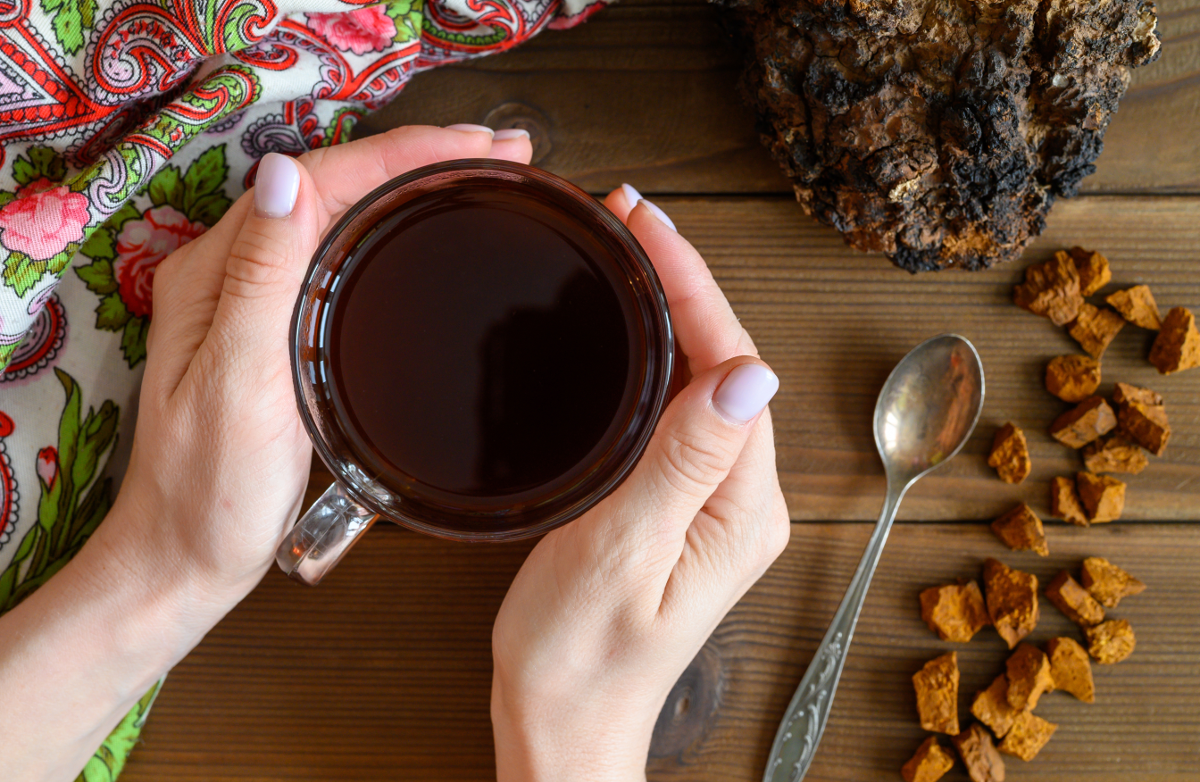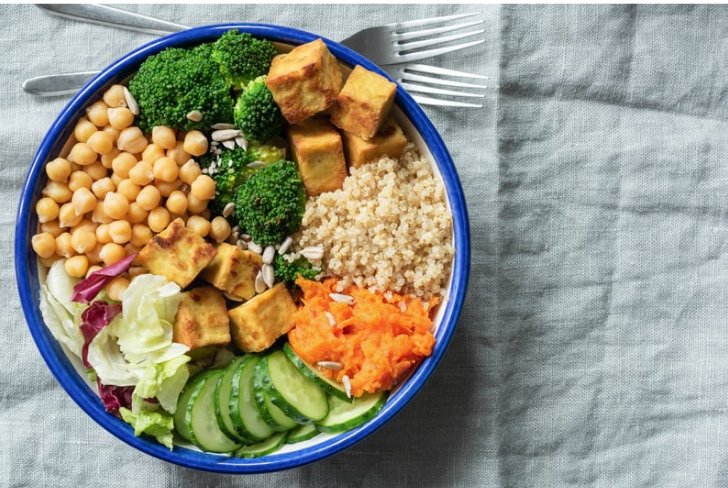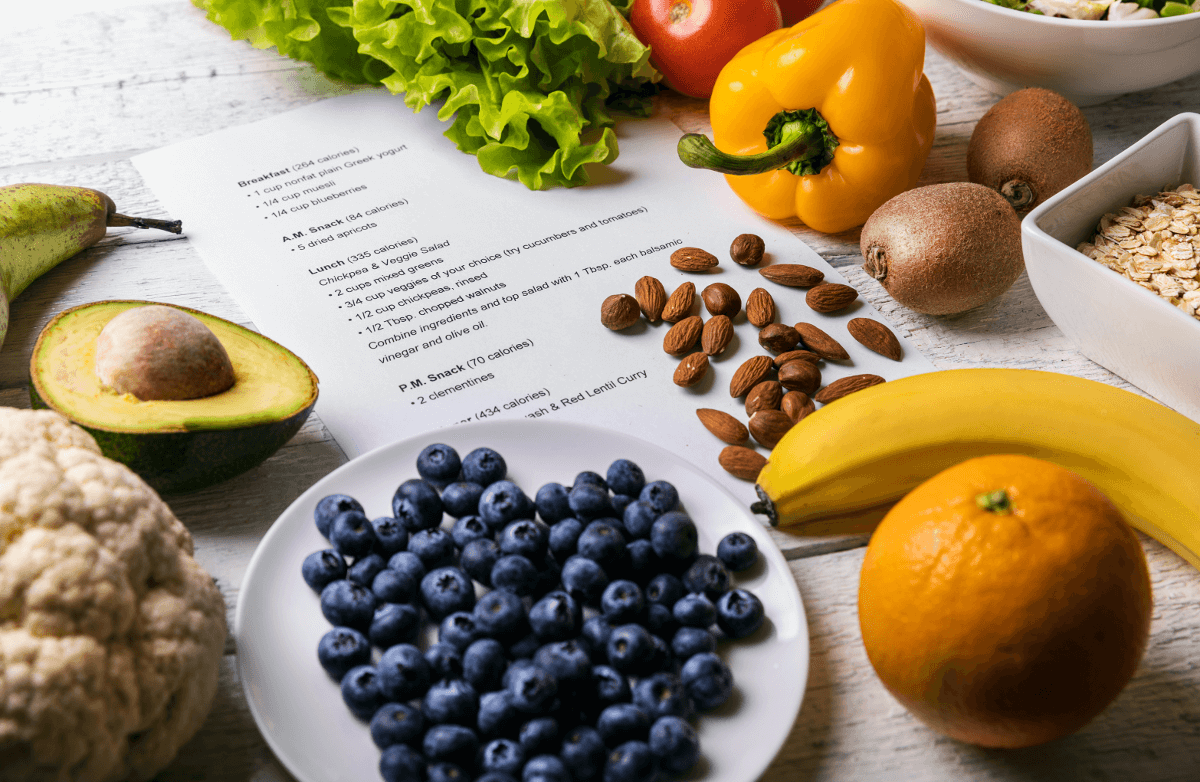Below are some of the most common food-producing trees, followed by some tips for choosing and growing edible trees. (Sources included The Natural Society, The National Gardening Association and The Free Thought Project)
- Apple: Grown primarily in the Northern Hemisphere, apple trees produce more than 7,500 different types of apples around the world. A member of the rose family, the tree produces bright blossoms—ranging from white to pink to yellow—when it's ready to start growing fruit.
- Apricot: Most commonly found in western states, apricot trees produce their juicy fruit in the summer, along with their beautiful white or pink blooms. Apricots are high in fiber, potassium, vitamins and antioxidants, with a taste similar to the peach and plum. They can be eaten fresh or used to make jellies, jams and pies.
- Banana: Originally from southeast Asia, the banana "tree" is now most commonly grown in tropical regions. Closer to a tropical herb than a tree, each plant grows approximately 100 pounds of bananas in clusters, along with flowers and evergreen foliage. Bananas are fat-free, cholesterol-free and high in potassium.
- Cherry: Cherry trees produce fruit in many different flavors, ranging from sweet to tart. Available in various sizes, from small plants to medium trees, they also produce colorful blossoms in spring. The antioxidant-rich fruit can be eaten alone or baked into cherry pies or other recipes.
- Citrus: In addition to oranges, citrus trees can produce lemons, limes, satsumas and other tropical fruits that thrive in warm, humid climates. Smaller citrus trees can be brought inside and grown in containers during cold weather. Citrus fruits are an excellent source of vitamins C and A, fiber, calcium and potassium.
- Fig: A symbol of fertility and abundance, figs are grown on small trees that thrive in warm, sunny Mediterranean climates, such as that of California. The fruit is packed with nutrients, minerals and soluble fiber. Fig trees can also be grown inside in containers.
- Fruiting Quince: This small, uniquely formed tree produces quince fruits, which resemble apples but aren't typically eaten raw. Instead, the pectin inside of quince is commonly used to make jams, jellies and marmalades. The fruiting quince tree is also renowned for its beautiful pale pink flowers.
- Hardy Kiwifruit: Ideal for colder climates, this resilient vining tree produces small, grape-sized kiwi fruits that can be eaten raw or used in kiwi recipes. With five times more vitamin C than an orange, the kiwi is chock full of nutrients. If not pruned, the vines will grow aggressively over fences and other plants.
- Highbush Cranberry: Distinguished by small white blossoms and bright red fruits, this striking tree is hardy enough to withstand cold winter climates. Its small red berries are best harvested in late summer or fall, and are often used to make juices, jellies, jams and sauces. Cranberries are high in vitamin C, fiber and other nutrients.
- Juneberry: Blooming with white flowers in spring, this sun-loving tree produces deep purple, red or black berries that can be eaten raw or used to make jams, jellies and pies. Juneberries are rich in antioxidants, flavonoids, fiber and many vitamins and minerals.
- Kentucky Coffee Tree: Attention, java lovers! The seeds produced by this Midwestern tree can be roasted and used to make coffee, although they're not safe to consume prior to roasting.
- Kousa Dogwood: Known best for their beautiful white flowers, the Kousa Dogwood also produces red fruits that can be harvested in mid- to late summer.
- Loquat: In order to bear fruit, this small evergreen must be planted in mild, temperate climates. Loquat fruits grow in clusters, are usually yellow or orange in color and taste like a blend of mango, peach and citrus. Health benefits of loquat include high levels of vitamin A, iron, calcium and other nutrients. The tree also boasts white fragrant flowers.
- Mulberry: There are three mulberry tree species—red, black and white—each of which produces fruits of various colors and flavors. When mature, the berries are juicy and succulent, ideal for raw eating or for making jams, cobblers, pies and wine. This antioxidant-rich fruit also provides alkaloids that help boost the immune system. The trees drop their ripened fruit onto the ground, which can leave purple or black stains.
- Pawpaw: Historically grown in the southern United States, this small tree produces a long, yellow fruit with a smooth, creamy texture and taste similar to the banana. It also produces maroon blossoms.
- Peach: Originally from China, this small tree now produces succulent summer fruit all around the world. Peach trees grow best in temperate climates with nutrient-rich soil and an ample water supply. In addition to peaches, it also grows beautiful pink flowers.
- Pecan: This popular nut tree, native to North America, produces pecans twice a year (harvested best in late fall). High in vitamins and minerals, pecans can be eaten raw or used in recipes. The tree's large size makes it ideal for shade and privacy.
- Pear: Along with a delicious flavor, the pear fruit has a myriad of health benefits. These trees grow in temperate climates with ample sun exposure, producing more than 3,000 varieties of pears around the world. Pears can be eaten fresh or used in recipes. Part of the rose family, this plant also blooms beautiful white or pink flowers.
- Persimmon: Primarily grown in the South, this small tree produces attractive yellow-orange foliage and bright orange fruits, making it a striking addition to a fall landscape. Persimmon fruit, which must be cured before it can be eaten, is high in vitamins A and C and beta-carotene.
- Pineapple Guava: Also known as the Feijoa, this tree produces green, oval fruits that drop to the ground when they are ripe. The fruit perishes quickly and must be eaten right away. Its sweet flavor has been described as a mix of pineapple and banana. The pineapple guava tree also produces golden-yellow flowers.
- Plum: These small trees grow best in warm climates with direct sunlight. In addition to their juicy fruits, they also produce beautiful flowers in spring. Plums can be eaten raw or used in jams, jellies, marmalades or plum cakes. A rich source of minerals and vitamins, plums also help to promote iron absorption.
- Shadbush/Serviceberry: Distinguished by its white spring blossoms, red fruits and lush autumn foliage, this small tree adds a splash of color to any landscape. The dark purple fruit is best harvested in June, and can be used in pies, jellies and jams.
- Walnut: In addition to providing generous shade, it also grows walnuts several years after planting. The walnut tree will continue to produce nuts for up to a century. Learn about the many benefits of eating walnuts.
What to Know Before Planting an Edible Tree
- A little goes a long way. You don't need a lot of edible trees to produce a generous amount of food. If you don't have a plan for harvesting and using the fruit, you could end up with a messy surplus.
- Check the climate guidelines. Different trees thrive in different climates. A tree that prefers a warm, tropical environment won't do well in an area with cold temperatures. Some trees also need certain types of soil, so it's best to test yours before choosing an edible tree.
- Choose the planting site carefully. When choosing the location, take into account how big the full-grown tree will be (width and height). Make sure there are no obstructions to future growth, such as power lines, fences or other trees. To prevent messes from dropped fruits and nuts, you might want to plant a good distance away from porches, decks and walkways.
- Consider containers. If you have little to no yard space but want to grow your own tree-borne food, choose a small or dwarf version that can be grown inside in a container.
- Check the fruiting requirements. Some trees are "self-fruiting," which means they produce fruit without any cross-pollination. Others won't produce fruit unless you have two or more different types of trees.













